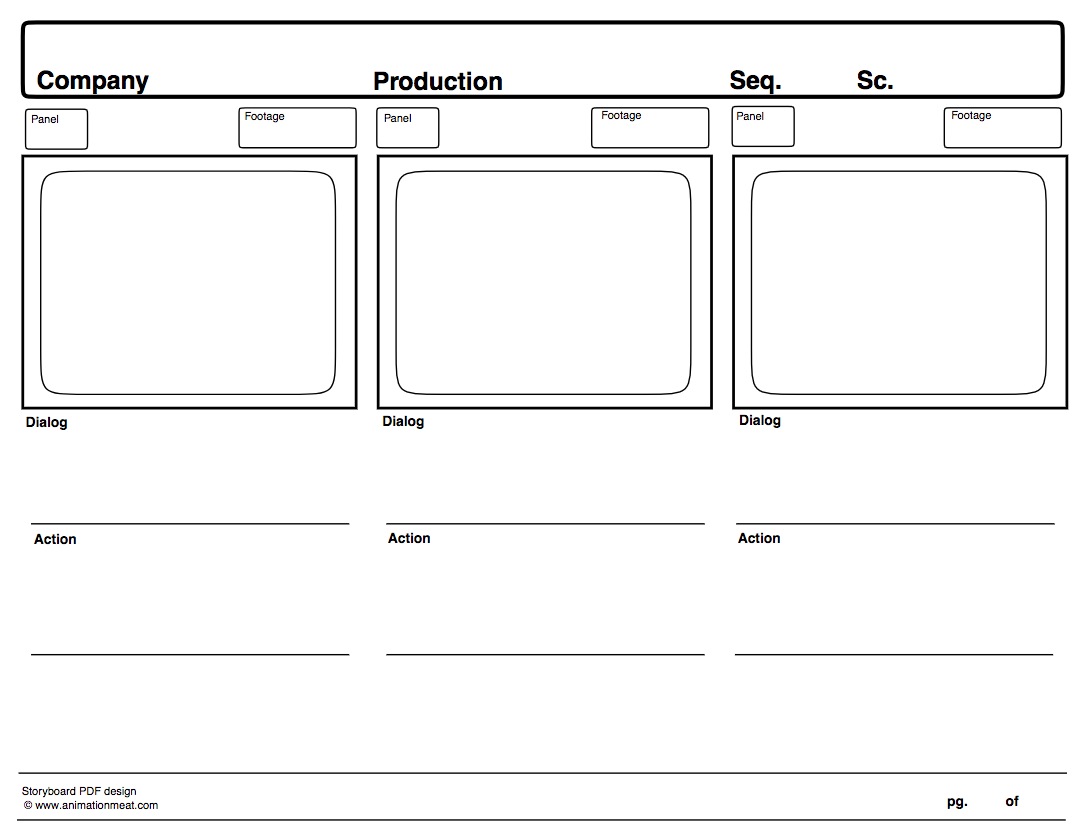BREAKING NEWS
LATEST POSTS
-
Insect eyes
https://www.boredpanda.com/20-incredible-eye-macros/
The structure of the eye, similar to many other insects, is termed a compound eye and is one of the most precise and ordered patterns in Biology.
-
Kevin Geiger on Chinese animation growth
https://www.awn.com/blog/chinas-changing-game
China is a work in progress. China is changing, and Chinese capability and pride are rising. And with that rise, China’s cultural, media/tech, and sociopolitical landscapes are rapidly morphing. It’s incumbent upon anyone in China – native or foreign – to roll with those changes.
To wit on the media front, China announced that its State Administration of Press, Publication, Radio, Film & Television (the unfortunate acronym “SAPPRFT” for short), will be abolished in favor of even tighter control under a new body at the cabinet level.
To interact successfully and satisfyingly here, you have to gain some real local perspective and develop an alternate set of instincts that are relevant for this reality as it is, not what you imagine it to be.
FEATURED POSTS
-
Richard Walch Puts the Profoto B1 Off-camera Flash to the Test
http://profoto.com/b1
https://www.youtube.com/watch?v=isfxMXpkm_Y
-
GretagMacbeth Color Checker Numeric Values and Middle Gray
The human eye perceives half scene brightness not as the linear 50% of the present energy (linear nature values) but as 18% of the overall brightness. We are biased to perceive more information in the dark and contrast areas. A Macbeth chart helps with calibrating back into a photographic capture into this “human perspective” of the world.
https://en.wikipedia.org/wiki/Middle_gray
In photography, painting, and other visual arts, middle gray or middle grey is a tone that is perceptually about halfway between black and white on a lightness scale in photography and printing, it is typically defined as 18% reflectance in visible light

Light meters, cameras, and pictures are often calibrated using an 18% gray card[4][5][6] or a color reference card such as a ColorChecker. On the assumption that 18% is similar to the average reflectance of a scene, a grey card can be used to estimate the required exposure of the film.
https://en.wikipedia.org/wiki/ColorChecker
(more…)







